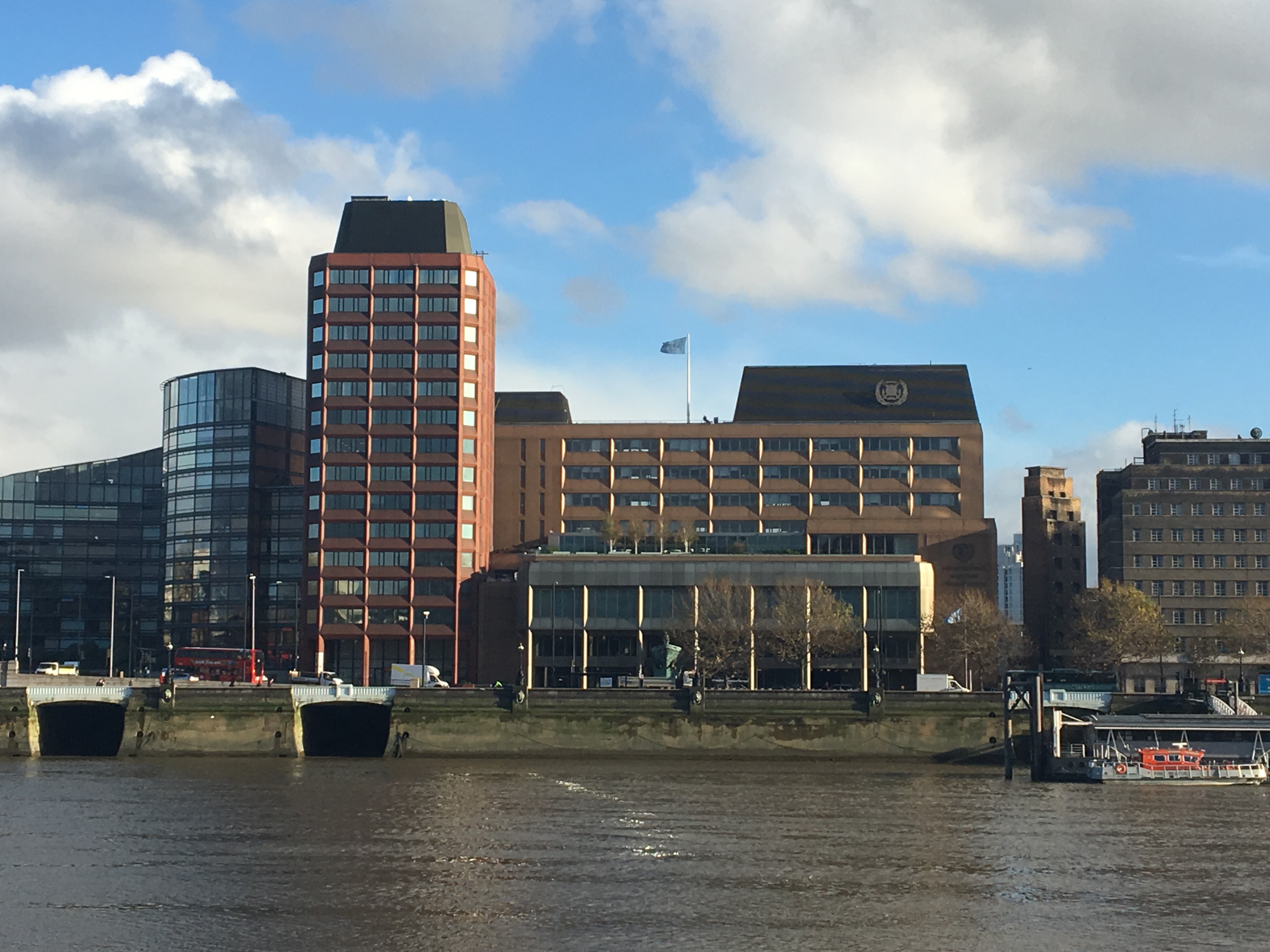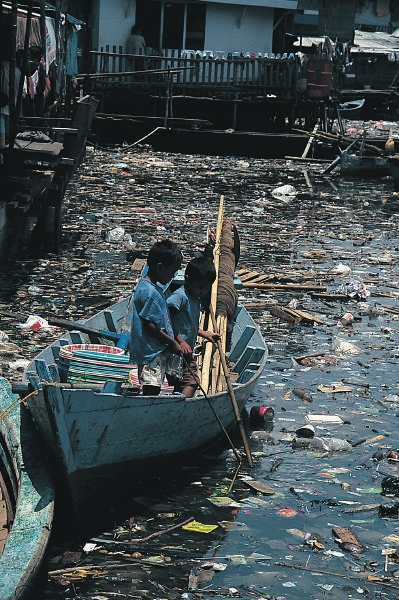|
SafeMed II Project
The SafeMed Project on maritime safety and prevention of pollution from ships is a European Union (EU) funded regional project run by the Regional Marine Pollution Emergency Response Centre for the Mediterranean Sea (REMPEC) on behalf of the International Maritime Organization (IMO). Currently in its second phase of operation, the SafeMed II Project (2009–2011) builds on the achievements of SafeMed I (2006–2009). Goals The aim of the SafeMed II Project is to develop cooperation in the fields of maritime safety and security and in the protection of the marine environment between the EU and the Mediterranean partners. Its main objectives are: * To procure a sustainable improvement in the protection of Mediterranean waters against the risks of accidents at sea and marine pollution; * To further reduce the capacity gap between the application of international regulatory framework and the EU legislative framework in order to ensure a coherent, effective and uniform implementat ... [...More Info...] [...Related Items...] OR: [Wikipedia] [Google] [Baidu] |
REMPEC
The Regional Marine Pollution Emergency Response Centre for the Mediterranean Sea (REMPEC) assists the Mediterranean coastal States in ratifying, transposing, implementing and enforcing international maritime conventions related to the prevention of, preparedness for and response to marine pollution from ships. The Centre also implements activities within the framework of a number of externally funded projects and programmes, such as the EU funded SafeMed II Project and the GEF/UNDP/IMO GloBallast Project. REMPEC is one of the Regional Activity Centres of the Mediterranean Action Plan (UNEP/MAP) and is administered by the International Maritime Organization (IMO). The Centre was established in 1976 and is hosted by the Government of Malta. Goals The role of REMPEC is to contribute to preventing and reducing pollution from ships and combating pollution in case of emergency. Its main objectives are : * To strengthen the capacities of the coastal States in the Mediterranean * To fac ... [...More Info...] [...Related Items...] OR: [Wikipedia] [Google] [Baidu] |
International Maritime Organization
The International Maritime Organization (IMO, French: ''Organisation maritime internationale'') is a specialised agency of the United Nations responsible for regulating shipping. The IMO was established following agreement at a UN conference held in Geneva in 1948 and the IMO came into existence ten years later, meeting for the first time in 1959. Headquartered in London, United Kingdom, IMO currently has 175 Member States and three Associate Members. The IMO's primary purpose is to develop and maintain a comprehensive regulatory framework for shipping and its remit today includes maritime safety, environmental concerns, legal matters, technical co-operation, maritime security and the efficiency of shipping. IMO is governed by an assembly of members which meets every two years. Its finance and organization is administered by a council of 40 members elected from the assembly. The work of IMO is conducted through five committees and these are supported by technical subcom ... [...More Info...] [...Related Items...] OR: [Wikipedia] [Google] [Baidu] |
Maritime Safety And Security
Maritime security is an umbrella term informed to classify issues in the maritime domain that are often related to national security, marine environment, economic development, and human security. This includes the world's oceans but also regional seas, territorial waters, rivers and ports, where seas act as a “''stage for geopolitical power projection, interstate warfare or militarized disputes, as a source of specific threats such as piracy, or as a connector between states that enables various phenomena from colonialism to globalization''”. The theoretical concept of maritime security has evolved from a narrow perspective of national naval power projection towards a buzzword that incorporates many interconnected sub-fields. The definition of the term maritime security varies and while no internationally agreed definition exists, the term has often been used to describe both existing, and new regional and international challenges to the maritime domain. The buzzword character ... [...More Info...] [...Related Items...] OR: [Wikipedia] [Google] [Baidu] |
Environmental Protection
Environmental protection is the practice of protecting the natural environment by individuals, organizations and governments. Its objectives are to conserve natural resources and the existing natural environment and, where possible, to repair damage and reverse trends. Due to the pressures of overconsumption, population growth and technology, the biophysical environment is being degraded, sometimes permanently. This has been recognized, and governments have begun placing restraints on activities that cause environmental degradation. Since the 1960s, environmental movements have created more awareness of the multiple environmental problems. There is disagreement on the extent of the environmental impact of human activity, so protection measures are occasionally debated. Approaches to environmental protection Voluntary environmental agreements In industrial countries, voluntary environmental agreements often provide a platform for companies to be recognized for moving beyon ... [...More Info...] [...Related Items...] OR: [Wikipedia] [Google] [Baidu] |
Marine Environment
Marine habitats are habitats that support marine life. Marine life depends in some way on the saltwater that is in the sea (the term ''marine'' comes from the Latin ''mare'', meaning sea or ocean). A habitat is an ecological or environmental area inhabited by one or more living species.Abercrombie, M., Hickman, C.J. and Johnson, M.L. 1966.''A Dictionary of Biology.'' Penguin Reference Books, London The marine environment supports many kinds of these habitats. Marine habitats can be divided into coastal and open ocean habitats. Coastal habitats are found in the area that extends from as far as the tide comes in on the shoreline out to the edge of the continental shelf. Most marine life is found in coastal habitats, even though the shelf area occupies only seven percent of the total ocean area. Open ocean habitats are found in the deep ocean beyond the edge of the continental shelf. Alternatively, marine habitats can be divided into pelagic and demersal zones. Pelagic ... [...More Info...] [...Related Items...] OR: [Wikipedia] [Google] [Baidu] |
Marine Pollution
Marine pollution occurs when substances used or spread by humans, such as industrial, agricultural and residential waste, particles, noise, excess carbon dioxide or invasive organisms enter the ocean and cause harmful effects there. The majority of this waste (80%) comes from land-based activity, although marine transportation significantly contributes as well. Since most inputs come from land, either via the rivers, sewage or the atmosphere, it means that continental shelves are more vulnerable to pollution. Air pollution is also a contributing factor by carrying off iron, carbonic acid, nitrogen, silicon, sulfur, pesticides or dust particles into the ocean. The pollution often comes from nonpoint sources such as agricultural runoff, wind-blown debris, and dust. These nonpoint sources are largely due to runoff that enters the ocean through rivers, but wind-blown debris and dust can also play a role, as these pollutants can settle into waterways and oceans. Pathways of poll ... [...More Info...] [...Related Items...] OR: [Wikipedia] [Google] [Baidu] |
Regulatory Framework
Regulation is the management of complex systems according to a set of rules and trends. In systems theory, these types of rules exist in various fields of biology and society, but the term has slightly different meanings according to context. For example: * in biology, gene regulation and metabolic regulation allow living organisms to adapt to their environment and maintain homeostasis; * in government, typically regulation means stipulations of the delegated legislation which is drafted by subject-matter experts to enforce primary legislation; * in business, industry self-regulation occurs through self-regulatory organizations and trade associations which allow industries to set and enforce rules with less government involvement; and, * in psychology, self-regulation theory is the study of how individuals regulate their thoughts and behaviors to reach goals. Social Regulation in the social, political, psychological, and economic domains can take many forms: legal restrict ... [...More Info...] [...Related Items...] OR: [Wikipedia] [Google] [Baidu] |
Regional Transport Action Plan
In geography, regions, otherwise referred to as zones, lands or territories, are areas that are broadly divided by physical characteristics (physical geography), human impact characteristics (human geography), and the interaction of humanity and the environment ( environmental geography). Geographic regions and sub-regions are mostly described by their imprecisely defined, and sometimes transitory boundaries, except in human geography, where jurisdiction areas such as national borders are defined in law. Apart from the global continental regions, there are also hydrospheric and atmospheric regions that cover the oceans, and discrete climates above the land and water masses of the planet. The land and water global regions are divided into subregions geographically bounded by large geological features that influence large-scale ecologies, such as plains and features. As a way of describing spatial areas, the concept of regions is important and widely used among the many branche ... [...More Info...] [...Related Items...] OR: [Wikipedia] [Google] [Baidu] |
World Maritime University
The World Maritime University (WMU) in Malmö, Sweden, is a postgraduate maritime university founded within the framework of the International Maritime Organization (IMO), a specialized agency of the United Nations. Established by an IMO Assembly Resolution in 1983, the aim of WMU is to further enhance the objectives and goals of IMO and IMO member States around the world through education, research, and capacity building. Status WMU is considered an international university and has been granted the status of a UN institution by its host country, the Government of Sweden. Serving as a center for people of many nationalities to participate in teaching and learning, WMU encourages international co-operation to address international maritime problems and coordinate international action. Programmes offered include Ph.D. and M.Sc. degrees in Maritime Affairs as well as an M.Phil. Post-graduate diplomas are offered via distance education in Marine Insurance Law & Practice, Maritime ... [...More Info...] [...Related Items...] OR: [Wikipedia] [Google] [Baidu] |
Ocean Pollution
Marine pollution occurs when substances used or spread by humans, such as industrial, agricultural and residential waste, particles, noise, excess carbon dioxide or invasive organisms enter the ocean and cause harmful effects there. The majority of this waste (80%) comes from land-based activity, although marine transportation significantly contributes as well. Since most inputs come from land, either via the rivers, sewage or the atmosphere, it means that continental shelves are more vulnerable to pollution. Air pollution is also a contributing factor by carrying off iron, carbonic acid, nitrogen, silicon, sulfur, pesticides or dust particles into the ocean. The pollution often comes from nonpoint sources such as agricultural runoff, wind-blown debris, and dust. These nonpoint sources are largely due to runoff that enters the ocean through rivers, but wind-blown debris and dust can also play a role, as these pollutants can settle into waterways and oceans. Pathways of pollut ... [...More Info...] [...Related Items...] OR: [Wikipedia] [Google] [Baidu] |


.jpg)
.jpg)


